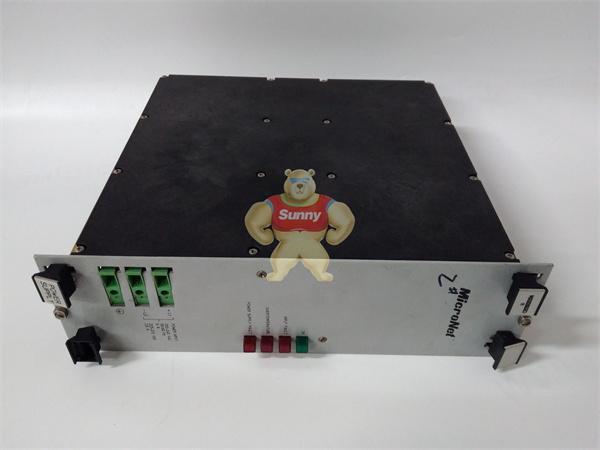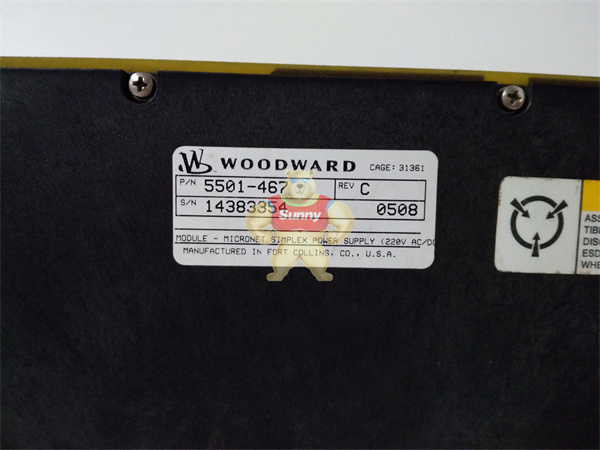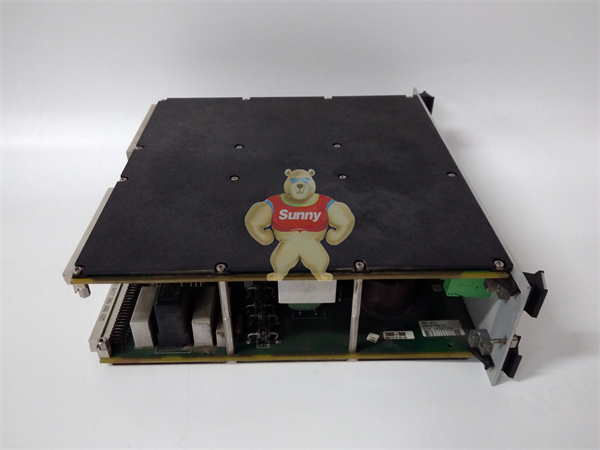Manufacturing companies are striving for sustainability, and digital transformation is the foundation of projects to improve efficiency and reduce their carbon footprint.
It was once thought that a company was sustainable if it had enough capital and resources to stay in business for a long time and even grow. Now, the meaning of sustainability has evolved to include whether a company’s activities minimize its impact on climate change and use resources responsibly. Of course, the previous factors still apply, but profitability alone is not enough.
Top of the list is the unfettered use of fossil fuels and associated emissions, largely due to concerns about climate change. Other problems also extend to more areas, such as excessive emissions, energy inefficiency, and overuse of water and other scarce resources. Companies that want to make changes often get stuck in confusion, trying to understand the needs of their stakeholders. How can manufacturing companies put “reducing their carbon footprint” into practice? How to measure success?
01 Four focus areas for sustainable industrial development
Some process manufacturing companies may explore a major process change to move away from hydrocarbon feedstock, but for now they should focus on four common areas of improvement:
Reduce the energy wasted by steam traps;
Monitoring and reducing the discharge of pressure relief valves;
Monitor the efficiency of heat exchangers and reduce energy use;
Reduce energy consumption for facility lighting.
Improvements in these areas reduce operating costs while contributing to sustainability initiatives by:
■ Reduce process waste;
■ Improve process efficiency;
Reduce energy consumption and resulting greenhouse gas emissions;
Reduce water and air pollution;
■ Improve maintenance efficiency and equipment availability.
Parallel to sustainability is digital transformation, the strategy of integrating digital capabilities to improve performance. Digital transformation by itself does not improve sustainability, but it provides a key tool for developing relevant KPIs to track the effectiveness of sustainability programs.
The first step in achieving sustainability is to identify where improvements can benefit the most. Unfortunately, the information needed to discover these aspects is usually not a variable for process control or monitoring. Implementation needs to start with the deployment of new sensors to monitor variables related to energy consumption, asset condition and other factors. This can be problematic because the cost of cabling and system integration often exceeds the cost of sensors.

5501-467

5501-467

5501-467
Digital transformation technology has completely changed the situation. The sensors only need to be installed on the physical facility, and each sensor can communicate with the host system via WirelessHART, so there is no need to install cables, which greatly reduces installation costs and time. The WirelessHART network integrates seamlessly with the larger Wi-Fi and Ethernet within the facility (Figure 1), making it simpler and more efficient to send data to host systems, such as asset management systems.
Figure 1: The ability to deploy WirelessHART devices makes monitoring systems easier to implement.
Pre-configured data analytics tools collect raw sensor data, process it, and present it to reliability and maintenance teams through interactive dashboards. This operational technology (OT) information is also integrated with IT systems, the cloud, and corporate networks. In most cases, the configuration requirements are minimal and do not require the help of system integration. This approach is a fundamental component of sustainable development plans and a key technical element.
Eliminating cabling infrastructure can save significant amounts of copper, aluminum, steel, plastics, and materials generated due to oil feedstock and metal mining. Combined with the elimination of the labor required for design, transportation, installation, and maintenance, WirelessHART networks reduce costs by 70 percent or more compared to traditional technologies.
The types of sustainability projects described below reduce energy consumption, improve efficiency, reduce emissions and process waste, while also providing multiple benefits. Some projects extend equipment life through more efficient maintenance, which also improves safety and reduces environmental and other accidents.
02 Steam trap: Reduce energy waste
When steam does work, it condenses into water. Steam traps separate condensate from the new steam line, which reduces overall energy efficiency, but is necessary to protect equipment. A trap is a valve that automatically opens and closes to release condensate. Therefore, all designs have some moving parts. Unfortunately, the scale in the line can break off and stay in areas prone to problems, such as seats or transmission mechanisms. Traditionally, steam trap systems are inspected annually, and the condition of traps is usually classified by diagnosis:
■ Visible steam leakage: major mechanical failures directly waste steam;
■ Purge: continuously discharge steam directly into the drain pipe, wasting steam;
■ Low temperature: stuck in the closed position, unable to release condensate, resulting in condensate backflow, reducing steam quality, and may lead to destructive water hammer events;
■ Normal operation: effective removal of condensate.
A recent study showed that 18% of steam traps fail each year in large chemical manufacturing facilities, resulting in wasted energy costs of up to $16,000 per malfunctioning trap. Given that steam is an important item in the energy budget for most plants, reducing this waste could have an immediate impact on sustainability.
Most traps do not release condensate continuously. Under normal conditions, if the size is correct, the steam trap will intermittently open to drain the condensate. This action transmits noise through adjacent pipes. An acoustic transmitter installed nearby (Figure 2) can detect periodic sounds, and the algorithm can learn about their characteristic activity. Each device sends data via WirelessHART to a central analysis platform where operators monitor the performance of all steam traps equipped with acoustic transmitters.
 1 Year Warranty
1 Year Warranty





